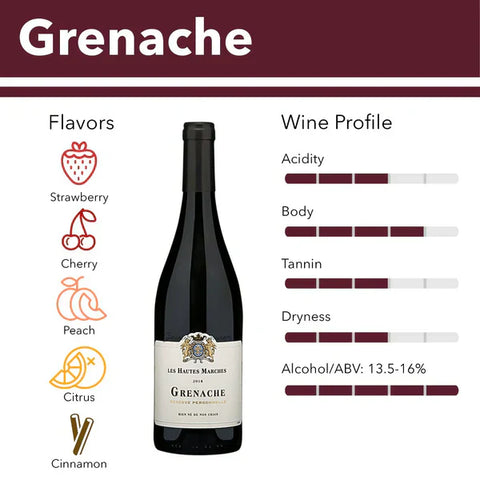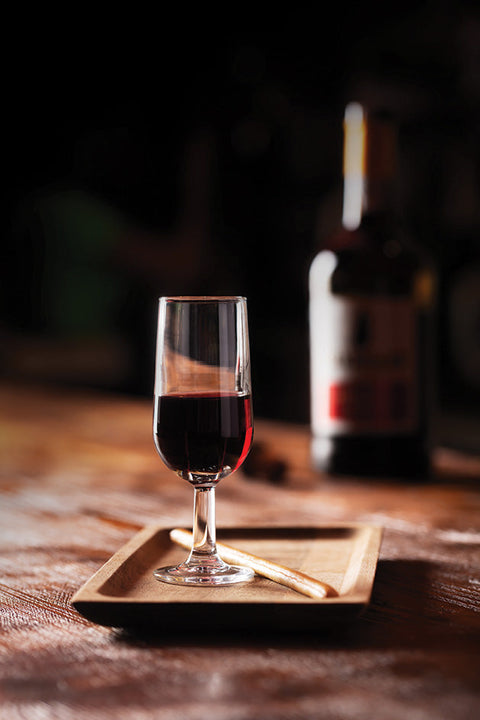South Australia is home to some of the world’s most iconic red wines, and a key factor that shapes their character is alcohol content. The alcohol level in red wine impacts everything from body and mouthfeel to ageing potential and food pairings. Whether you're a wine enthusiast or just love a good drop, understanding alcohol levels in SA red wines can help you make better choices.
Alcohol Levels in South Australian Red Wines
The alcohol content of red wine typically ranges between 12% and 16% ABV (alcohol by volume). This variation depends on the grape variety, climate, and winemaking techniques.
-
Light-bodied red wines (12%–13.5% ABV)
These wines are smooth, elegant, and easy-drinking, often with bright acidity and lower tannins. Some examples include certain Pinot Noirs and Grenaches. -
Medium-bodied red wines (13.5%–14.5% ABV)
These wines offer a balance of fruitiness and structure, making them incredibly versatile. McLaren Vale Cellars produces exceptional medium-bodied reds, including Cabernet Sauvignon and Shiraz, that deliver full flavours without being overpowering. -
Full-bodied red wines (14.5%–16% ABV)
These wines pack a punch with bold flavours, deep colour, and higher tannins. Many Barossa Valley Shiraz and McLaren Vale Cellars Grenache wines fit this category, offering a rich, warming experience.
Proper Handling of High-Alcohol Wines
Higher alcohol wines require a bit of extra care to enjoy them at their best.
- Serving Temperature: Keep them slightly cooler than room temperature (16–18°C) to prevent the alcohol from overpowering the flavours.
- Decanting: Letting a full-bodied wine breathe enhances its aromas and smooths out tannins.
- Glassware: Use a large-bowled glass to allow aeration and concentrate the wine’s bouquet.
- Food Pairing: Match high-alcohol wines with bold foods, such as grilled meats or rich sauces, to balance their intensity.
Selecting the Right Materials for Wine Storage
Proper storage plays a big role in preserving the integrity of SA red wines.
- Bottle Type: Wines with higher alcohol levels often come in thicker glass bottles to handle long-term ageing.
- Corks vs. Screw Caps: While traditional corks allow slow ageing, screw caps (widely used in Australia) maintain freshness and prevent faults.
- Cellaring Conditions: Keep wines in a cool, dark space with minimal temperature fluctuations (ideally 12–14°C) and around 60% humidity to prevent drying out the cork.
Key Features of SA Red Wines and Their Alcohol Content
- Barossa Valley Shiraz (14.5%–16%): Bold, intense, and packed with dark fruit and spice.
- McLaren Vale Grenache (14%–15.5%): Rich and aromatic with soft tannins and vibrant red fruit.
- Coonawarra Cabernet Sauvignon (13.5%–14.5%): Elegant, structured, and known for its deep blackcurrant notes.
- Adelaide Hills Pinot Noir (12.5%–13.5%): Lighter in body with bright cherry and earthy tones.
- Clare Valley Malbec (13.5%–14.5%): Dark and juicy, featuring plum and chocolate notes with smooth tannins.
FAQs
What determines the alcohol content of wine?
Alcohol levels are influenced by the grape's sugar content at harvest. Warmer regions like Barossa and McLaren Vale produce riper grapes with higher sugars, leading to higher alcohol wines.
Does higher alcohol mean better wine?
Not necessarily. A well-balanced wine integrates alcohol with acidity, tannins, and fruit flavours. Some high-alcohol wines can feel hot or unbalanced if not crafted carefully.
Can alcohol level affect how long a wine lasts?
Yes. Higher alcohol wines often have better ageing potential, especially when paired with good tannin structure and acidity.
Is it possible to tell alcohol content by taste?
Generally, higher alcohol wines feel warmer on the palate and can have a fuller body, while lower-alcohol wines feel lighter and more refreshing.
What’s the best way to enjoy a high-alcohol SA red?
Pair it with hearty meals, serve it at the right temperature, and consider decanting to soften the alcohol's impact and let the flavours shine.
For any wine-related inquiries or expert recommendations, feel free to contact us.
South Australian red wines offer a diverse range of styles and alcohol levels, ensuring there's something for every palate. Whether you're after a bold Shiraz or a smooth Cabernet, knowing what to expect from alcohol levels can elevate your wine experience.




Comments (0)
There are no comments for this article. Be the first one to leave a message!